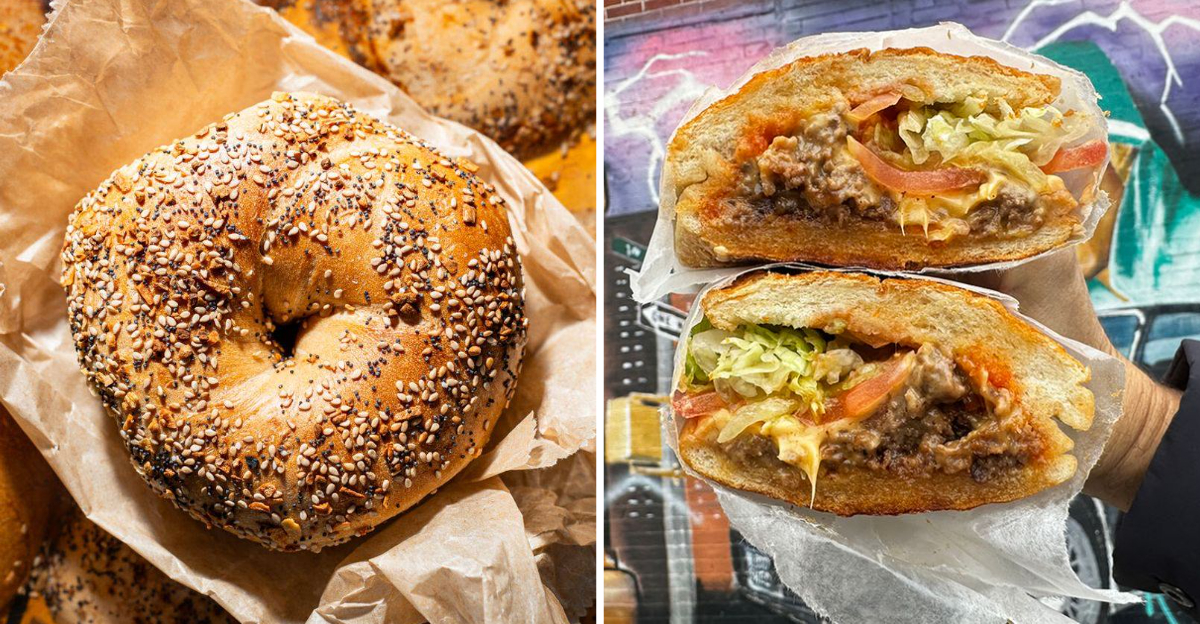15 Legendary Recipes With Legal Protection
Some recipes are so special they get their own legal bodyguards.
Around the world, certain foods and dishes are protected by strict laws that control where they’re made, what goes in them, and even how they’re cooked.
These protections ensure that when you bite into a real Neapolitan pizza or taste authentic feta cheese, you’re getting the genuine article, not a copycat. From Italian cheeses to Turkish baklava, these legendary recipes have earned their place in the legal spotlight.
Content disclaimer: Content in this article is provided for general information and enjoyment about food traditions and legal protections. Designations, regulations, and ingredient standards can change over time, and specific products may vary by producer or region. For the most current legal or dietary information about any of these foods, check official labels or regulatory guidance and use your own judgment when preparing or consuming them.
Neapolitan Pizza: Italy’s Wood-Fired Wonder
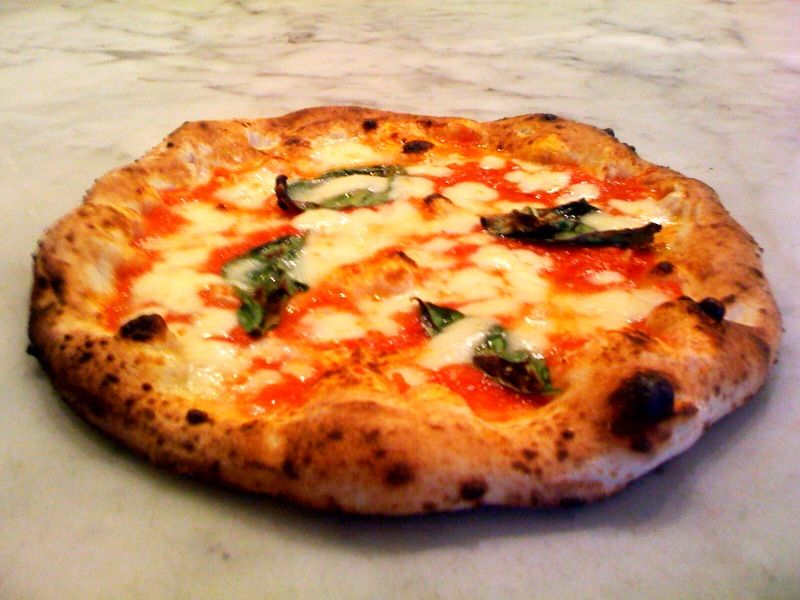
Picture this: a pizza so famous it needs a rulebook. Neapolitan pizza isn’t just any pizza; it’s the superhero of the pizza world, protected by Traditional Speciality Guaranteed status in Europe and the UK. The dough must be hand-kneaded and stretched, never rolled with a pin.
Tomatoes such as San Marzano or other approved varieties, fresh mozzarella, basil, and olive oil make the cut for toppings. The magic happens in a wood-fired oven blazing at around 485°C for just 60 to 90 seconds. That intense heat creates the signature puffy, slightly charred crust with a soft, tender center.
If you want to make your own, start with high-protein flour, water, salt, and fresh yeast. Let the dough rise slowly for at least eight hours. Just saying, patience is the secret ingredient here!
Cornish Pasty: England’s Portable Feast
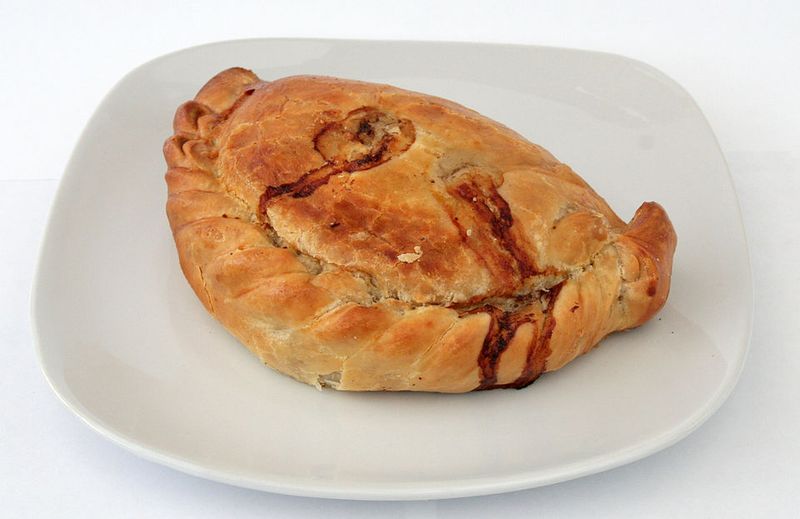
Miners in Cornwall needed lunch they could hold with dirty hands, so they invented the ultimate portable meal. The crimped edge of a Cornish pasty wasn’t just for looks; workers could grip it and toss it away without contaminating their food. Protected Geographical Indication rules say it must be made in Cornwall with specific ingredients: beef, potato, swede (rutabaga), and onion.
No pre-cooked fillings allowed; everything goes in raw and bakes together inside a shortcrust pastry shell. The D-shape is non-negotiable, and the crimp runs along the side, not the top.
To make one at home, dice your beef and vegetables into small chunks, season generously with salt and pepper, then seal them in pastry circles. Bake at 180°C for about 50 minutes until golden and delicious.
Melton Mowbray Pork Pie: The Pride Of England

Forget everything you think you know about pork pies. Melton Mowbray pork pies stand tall – literally – thanks to hand-raised hot-water crust pastry that holds its shape without a mold. Protected Geographical Indication status means only pies made in a specific area around Melton Mowbray, England, can claim this legendary name.
The filling uses uncured, coarsely chopped pork (never minced or cured), which gives the meat a natural gray color instead of pink. After baking, savory jellied stock is poured through a hole in the top to fill any gaps.
Making one requires skill: you mold warm pastry around a wooden block called a dolly, fill it with seasoned pork, then bake freestanding. The result? A pie with crispy, bow-sided walls and incredible flavor.
Nürnberger Rostbratwurst: Germany’s Tiny Titans

Size matters, but not the way you’d think. Nürnberger Rostbratwurst sausages are famously small – about the length of your finger – yet they pack a flavor punch that’s earned them Protected Geographical Indication status. Only sausages produced in Nuremberg can wear this badge of honor.
Marjoram is the star spice here, giving these little links their distinctive taste that sets them apart from other German bratwurst. Traditionally, they’re grilled over beechwood fires and served six or twelve at a time on pewter plates with sauerkraut and mustard.
However, the most iconic way to eat them is three sausages packed into a crusty bread called “Drei im Weggla.” To recreate them at home, mix finely ground pork with marjoram, salt, pepper, and a hint of ginger, then stuff into natural casings.
Feta: Greece’s Crumbly Crown Jewel
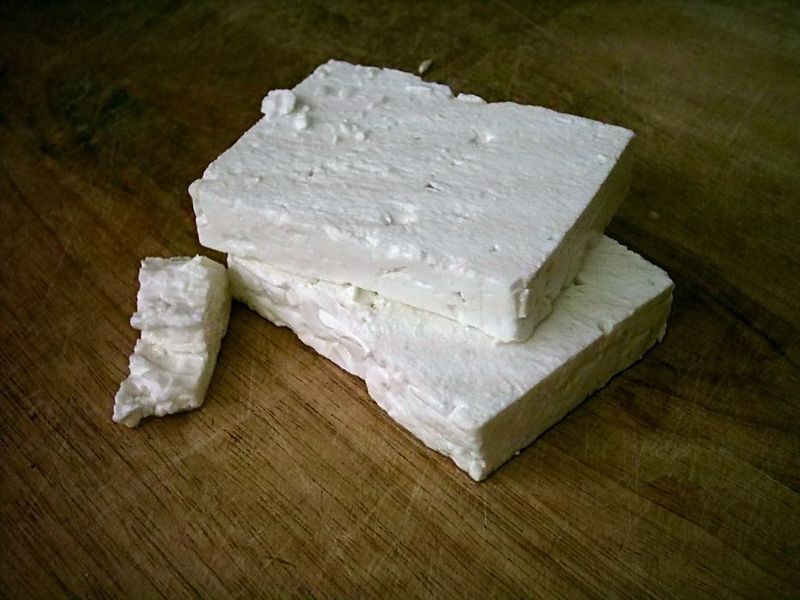
Not all white cheese deserves to be called feta. In the European Union, Protected Designation of Origin rules reserve that name exclusively for brined cheese made in specific Greek regions using sheep’s milk and up to 30 percent goat’s milk. No cow’s milk allowed, period.
The milk comes from animals grazing on Greece’s unique terrain, which gives feta its tangy, slightly sharp flavor and crumbly yet creamy texture. After forming the curds, cheesemakers age feta in barrels of salty brine for at least two months.
Though you can’t legally make “feta” outside Greece under EU law, you can make a similar brined cheese at home. Heat sheep’s milk to 32°C, add rennet, cut the curds, then press and brine them. The result won’t be feta, but it’ll be delicious!
Parmigiano Reggiano: The King Of Cheeses
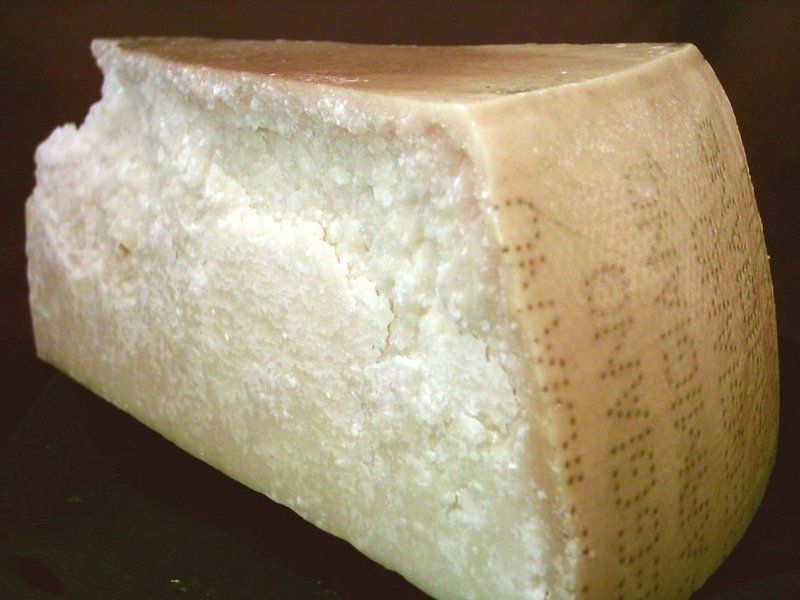
If cheese were royalty, Parmigiano Reggiano would wear the crown. This hard, aged cheese holds Protected Designation of Origin status, meaning it can only be produced in specific provinces of Italy: Parma, Reggio Emilia, Modena, Bologna, and Mantua. The process hasn’t changed in over 800 years.
Cows eat local grass and hay (no silage), and their milk is partially skimmed before being turned into cheese. Each wheel weighs about 40 kilograms and ages for a minimum of 12 months, though many age 24 or 36 months for deeper flavor.
The trademark dots spelling “Parmigiano Reggiano” are stamped all over the rind during production. Breaking open a wheel reveals a granular, crystalline texture that melts on your tongue. Grate it over pasta, shave it on salads, or just nibble chunks with honey.
Prosciutto Di Parma: Italy’s Silky Ham
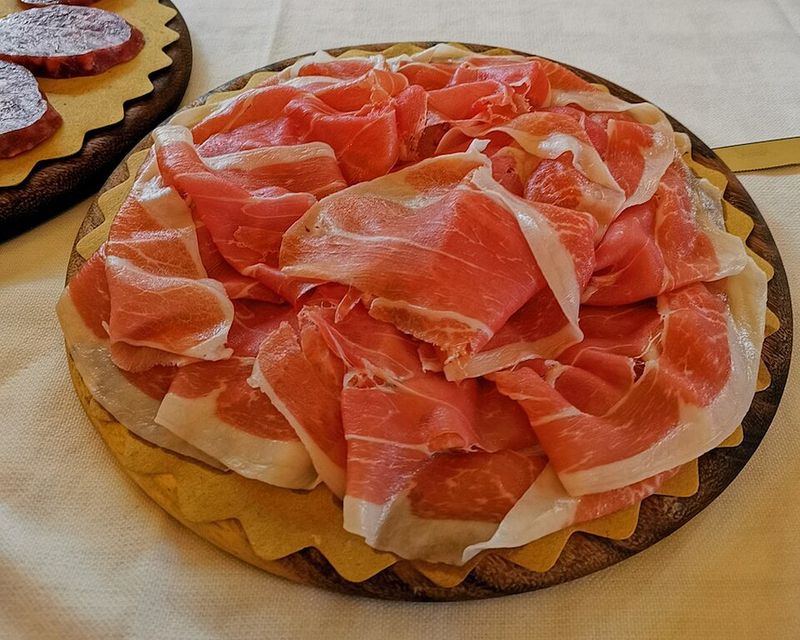
Patience transforms pork into poetry. Prosciutto di Parma takes at least 12 months to cure, and some legs age for 36 months or more. Protected Designation of Origin rules govern every step: the pigs must come from specific regions, eat a controlled diet, and the curing must happen in the hills around Parma where the air is just right.
Only sea salt is used – no nitrates, no preservatives, no shortcuts. The meat is salted, rested, washed, and then hung in airy rooms where mountain breezes and humid valley air work their magic through open windows.
Each ham receives the fire-branded Ducal Crown mark as proof of authenticity. The result is butter-soft, sweet, and nutty ham that melts on your tongue. Drape it over melon, wrap it around breadsticks, or layer it on pizza.
Roquefort: France’s Blue Cave Treasure

Deep inside limestone caves near the village of Roquefort-sur-Soulzon, magic happens. Roquefort became France’s first legally protected cheese way back in 1925, and now it holds Protected Designation of Origin status. Only blue cheese aged in those specific caves can carry the Roquefort name.
The cheese is made from raw sheep’s milk and inoculated with Penicillium roqueforti spores. Natural cracks in the cave walls create perfect humidity and temperature for blue mold to grow through the cheese in stunning veins. The aging process takes at least three months in those ancient caverns.
The flavor is intense: salty, tangy, and earthy with a creamy, crumbly texture. Crumble it over salads, spread it on crusty bread with walnuts, or let it shine alongside fruit and a drizzle of honey. Just saying, it’s not for timid taste buds!
Jersey Royal Potatoes: The Island’s Golden Harvest

Imagine a potato so special that only one tiny island in the English Channel can officially grow it. Jersey Royals are new potatoes cultivated exclusively on Jersey, where the unique soil, mild climate, and seaweed-based fertilizers create an unmistakable flavor.
These spuds have held Protected Designation of Origin status for years, meaning no other region can legally call their potatoes “Jersey Royals.” After recent legal changes, they also carry updated UK origin and GI labels, cementing their place in food history. Farmers harvest them by hand on steep south-facing slopes called côtils, where sunshine and Atlantic breezes work their magic.
Their waxy texture and nutty taste make them perfect simply boiled with butter, letting the terroir shine through every bite.
Kobe Beef: Japan’s Marbled Masterpiece
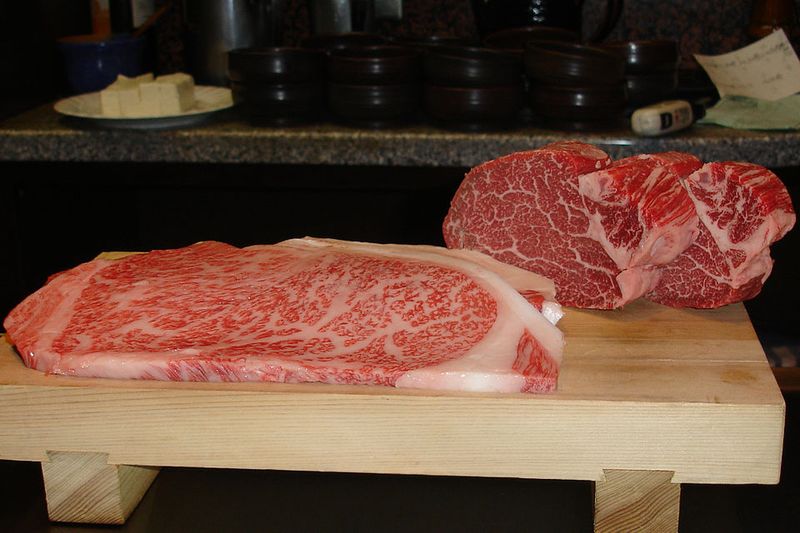
When you see Kobe beef, you’re looking at one of the most luxurious meats on Earth – and one that’s fiercely protected by Japanese law. This intensely marbled beef comes exclusively from Tajima cattle raised in Hyōgo Prefecture, where strict breeding, feeding, and handling standards have been perfected over generations.
Japan’s Geographical Indication system registers it under the official name “Kobe Beef / Kobe Gyu,” ensuring only authentic products can use the label. The cattle enjoy a pampered life, resulting in meat so tender it practically melts on your tongue. Fat marbles through every slice like fine lace, creating buttery richness that steak lovers dream about.
Counterfeit “Kobe” appears worldwide, but genuine Kobe beef carries certification proving its pedigree and birthplace.
Darjeeling Tea: The Champagne Of Teas
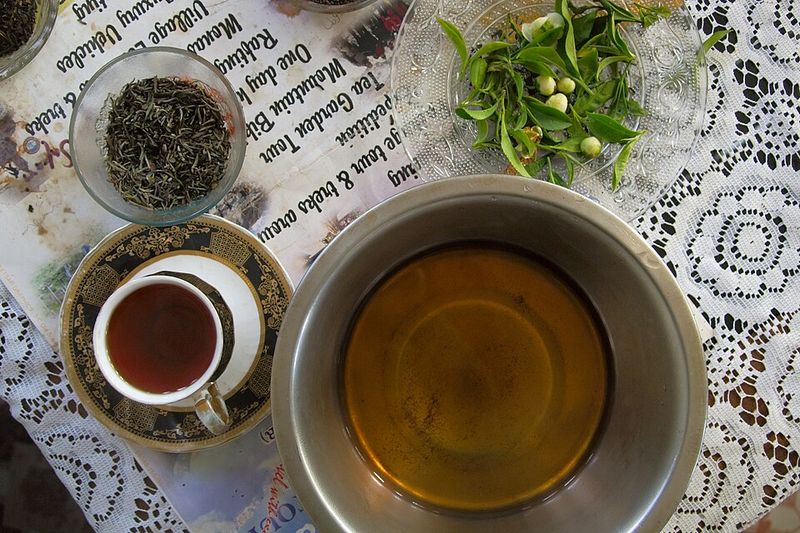
High in the Himalayan foothills, where mist clings to mountainsides and cool air slows the growing season, Darjeeling tea develops its legendary character. This delicate brew became India’s very first product to receive Geographical Indication protection, a milestone that recognized centuries of tea-making tradition.
Later, the European Union granted it Protected Geographical Indication status, guarding the name across international markets. Only tea grown in Darjeeling’s 87 registered estates can legally bear the name. The altitude, soil composition, and climate create a flavor profile often described as “muscatel” – floral, fruity, and utterly distinctive.
Tea connoisseurs treasure its golden color and complex taste, which change subtly with each seasonal flush throughout the year.
Mortadella Bologna: Italy’s Silky Sausage

Walk through Bologna’s markets and you’ll encounter enormous logs of mortadella, their rosy meat studded with creamy white cubes of fat like edible confetti. This finely emulsified pork sausage isn’t just any deli meat – it carries Protected Geographical Indication status that ties both its name and production method to the Bologna area.
PGI rules dictate everything: the pork quality, the grinding process, the size of those signature fat cubes, even the spices used. Producers slowly cook the sausages in special ovens, developing mortadella’s gentle flavor and silky texture. Some cylinders weigh over 100 pounds and require days to cure properly.
Sliced paper-thin, it tastes nothing like the baloney found in American lunchboxes – it’s sophisticated, subtly spiced, and wonderfully smooth.
Piadina Romagnola: Romagna’s Flatbread Legacy

For centuries, families in Romagna have mixed flour, fat, and salt into dough, then pressed it thin and cooked it on scorching-hot griddles until bubbles and char marks appear. This humble flatbread, called piadina, has earned Protected Geographical Indication status that regulates its flour type, fat content, thickness, and production area.
The PGI rules preserve both traditional recipes and regional variations – coastal versions use lard and cook thinner, while inland piadine are thicker and sometimes include baking soda. Locals fold them around prosciutto, squacquerone cheese, or greens, creating simple sandwiches bursting with flavor.
Street vendors cook them to order, the dough sizzling and puffing as customers wait. Each bite delivers warm, slightly smoky bread that tastes like Romagna itself.
Antep Baklavası: Gaziantep’s Pistachio Pride

In Gaziantep, baklava-making is practically a religion, with master pastry chefs rolling phyllo dough so thin you can read through it. Antep Baklavası, as it’s officially called, holds Protected Geographical Indication status in both the EU and UK, often cited as the first Turkish product to achieve that honor.
What sets it apart? Generous layers of locally grown Antep pistachios, their vibrant green color signaling quality and freshness. PGI rules ensure that only baklava made in Gaziantep using traditional methods and regional pistachios can carry the name. Bakers layer dozens of phyllo sheets with pistachio filling, then drench the baked pastry in sugar syrup.
The result is impossibly flaky, nutty, and sweet – a dessert that represents Turkish culinary heritage at its finest.
Banglar Rasogolla: West Bengal’s Syrupy Sphere

Picture soft, spongy white balls bobbing in fragrant sugar syrup, each one ready to burst with sweetness when you bite down. Banglar Rasogolla, a beloved Bengali sweet made from chhena (fresh cheese curds), holds a registered Geographical Indication that ties this specific variant to West Bengal.
The GI recognition settled a long-standing regional debate about rasogolla’s true birthplace, officially acknowledging West Bengal’s version. Skilled sweet-makers knead chhena with semolina until smooth, shape it into balls, then simmer them in syrup until they double in size and turn pillowy-soft. The texture is unlike any other dessert, springy yet delicate, soaking up syrup without falling apart.
Served chilled, Banglar Rasogolla offers a cooling finish to spicy meals and remains a cherished part of Bengali celebrations and everyday life.





